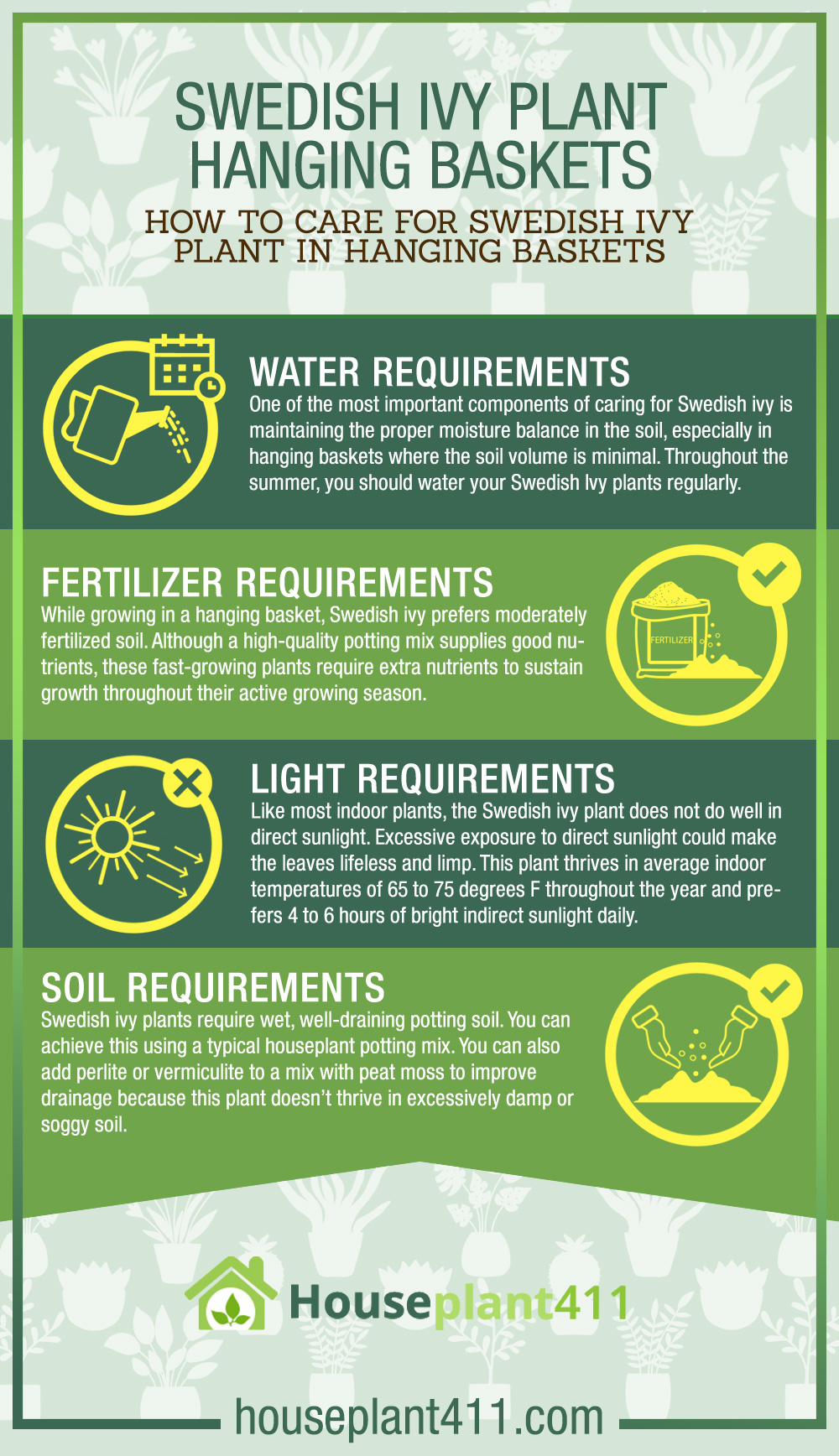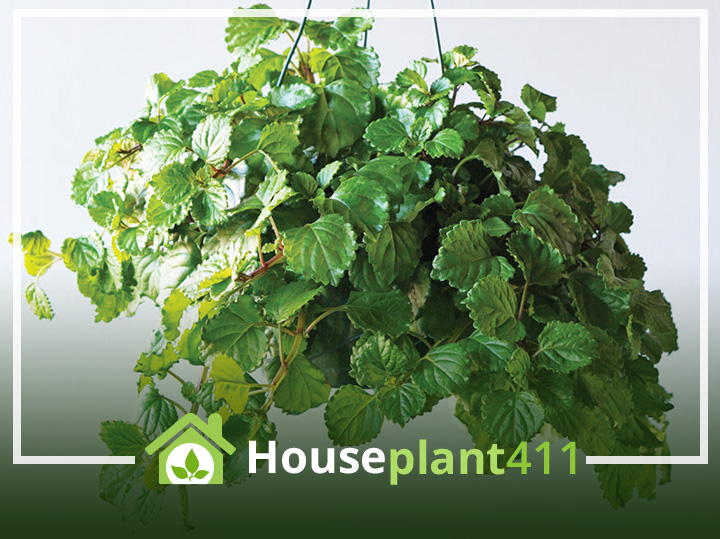The Swedish Ivy plant, commonly known as the Plectranthus verticillatus, is one of the most beautiful houseplants for any homeowner. Contrary to popular belief, it is not from Sweden and is native to South Africa. This low-maintenance plant requires moderate to high humidity and warm temperatures.
It develops as a ground cover in its native environment, with winter flowering flushes on top. It often produces flowers in early summer or late spring when cultivated indoors. Swedish ivies have beautiful scalloped-edged leaves and also produce white or purple blooms.
Because of its long, cascading stems and distinctive growth pattern, the Swedish ivy plant is becoming increasingly popular among experienced and beginner plant owners. It looks wonderful in a hanging basket due to this.
This excellent indoor plant for novice gardeners can endure different soil types and lighting conditions. If you have a Swedish ivy plant in a hanging basket and wonder how to care for it, you’re at the right place. Here are some basic care requirements you should know about!
How to Care for Swedish Ivy Plant in Hanging Baskets
Water Requirements
One of the most important components of caring for Swedish ivy is maintaining the proper moisture balance in the soil, especially in hanging baskets where the soil volume is minimal. Throughout the summer, you should water your Swedish Ivy plants regularly.
However, during the winter, you must cut back on watering by half, only supplying enough to prevent the leaves from withering.
Swedish ivy plants may seem yellowed if overwatered, while plants with insufficient moisture may appear withered and pale green. Only water if the soil seems dry to the touch but before it fully dries out.
Remember, thoroughly rehydrating dried-out soil in a hanging basket requires extra time and effort. It is ineffective to moisten dry soil by pouring water on it as it will run off instead of soaking in.
Therefore, the hanging basket should be soaked in water for one to two hours. Rehydrating the soil by soaking will enable the moisture to penetrate the roots deeply. Don’t let the basket soak for over two hours, as it could result in root rot.
Fertilizer Requirements
While growing in a hanging basket, Swedish ivy prefers moderately fertilized soil. Although a high-quality potting mix supplies good nutrients, these fast-growing plants require extra nutrients to sustain growth throughout their active growing season.
We recommend enriching the soil with 1 to 2 teaspoons of slow-release fertilizer in the spring and watering plants with diluted fertilizer throughout the growing season. To avoid root burn, use balanced fertilizer granules during the spring feeding and adequately aerate the soil. To replenish the nutrients lost in the hanging basket, use a diluted fertilizer solution from spring until autumn.
Light Requirements
Like most indoor plants, the Swedish ivy plant does not do well in direct sunlight. Excessive exposure to direct sunlight could make the leaves lifeless and limp. This plant thrives in average indoor temperatures of 65 to 75 degrees F throughout the year and prefers 4 to 6 hours of bright indirect sunlight daily.
While it can handle lower temperatures of 60 to 65 degrees Fahrenheit, the optimal temperature range for growth season is 70 to 75 degrees. If it gets any lower, the plant starts to suffer.
Soil Requirements
Swedish ivy plants require wet, well-draining potting soil. You can achieve this using a typical houseplant potting mix. You can also add perlite or vermiculite to a mix with peat moss to improve drainage because this plant doesn’t thrive in excessively damp or soggy soil.
Moreover, since the soil degrades over time, you can add more organic matter to your peat-based soil once a year to improve drainage.

Swedish Ivy Plant in Hanging Baskets: Trouble Shooting Common Problems
Swedish ivy plants rarely encounter significant issues. However, they occasionally attract mealybugs. Swedish ivy plant mealybug infections are typically minor but can still be troublesome. Dilute between two and a half to 5 teaspoons of insecticidal soap in one water gallon for treating mealybug infestations.
Spray the infected plant every 4 to 7 days until the infestation is controlled. In extremely hot temperatures, you should avoid spraying the plant. Trimming the long, trailing vines is another component of maintaining a Swedish ivy in a hanging basket. Spring is the optimum season for trimming the plant to control a Swedish ivy’s size and encourage healthy new growth.
To get rid of germs or fungus, disinfect the pruning shears before using them. With the shears, trim the tendrils just below a line of leaves at the edge of the basket.
Final Word
This easy-to-follow care guide will help you care for your Swedish ivy plants in hanging baskets and create optimal growing conditions for them!

